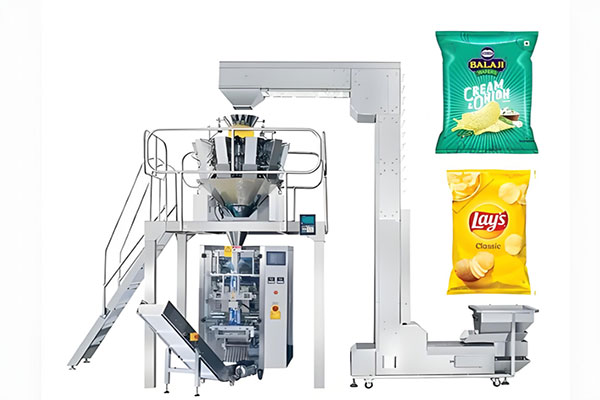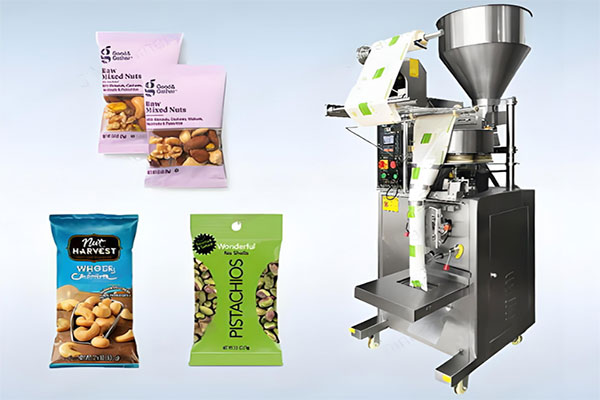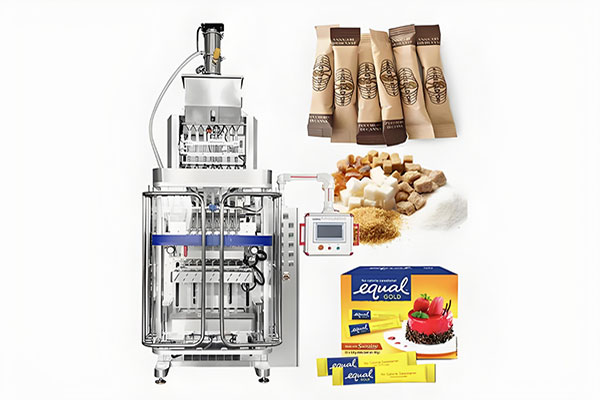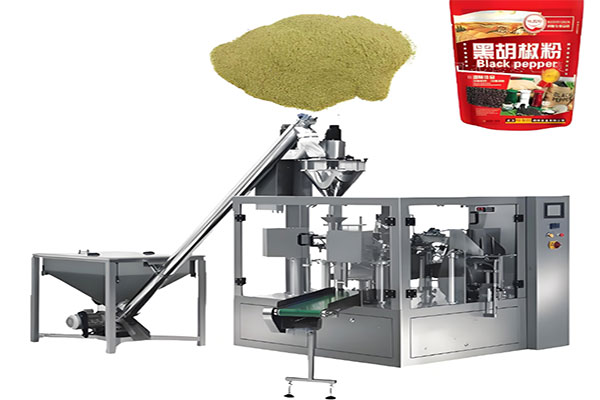What is the difference between Liquid and Paste Packaging Machine?
Tuesday September-09 2025 16:56:13
What is the difference between Liquid and Paste Packaging Machine? It all comes down to the material's fluidity, viscosity, and solids content. Liquids have relatively low viscosity, so gravity or vacuum filling is sufficient. Pastes, on the other hand, are viscous and have poor fluidity, so piston or auger filling is often used. Liquid packaging machines are relatively fast, typically running 30-120 times per minute per head, while paste packaging machines can run 10-60 times per minute per head. The following sections will explain the differences between the two machines in terms of their structure, operating principle, sealing method, and packaging speed.
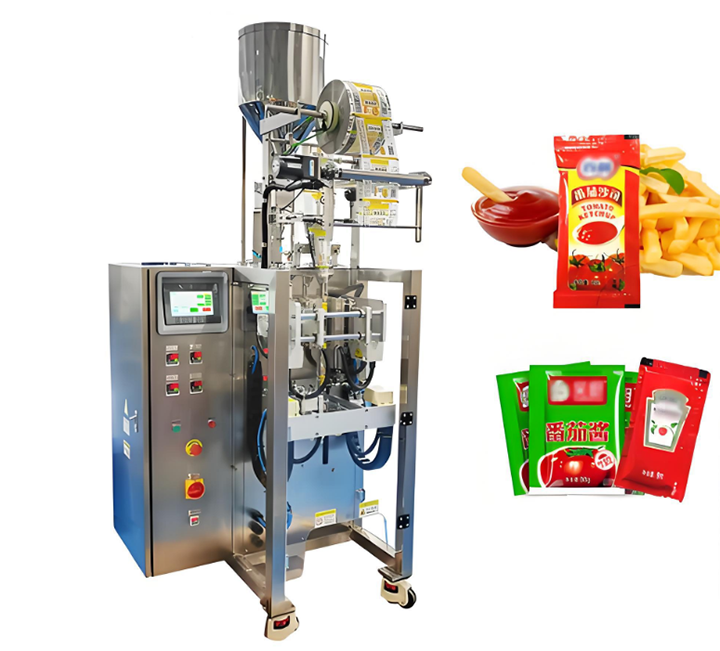
Liquid and Paste Packaging Machine Structure
Liquid and Paste Packaging Machines typically have a film roll unit that provides packaging film; a feed platform that handles material input; a bag-forming unit that shapes the film and forms the bags; a rotary end sealer that seals the bags; and a belt conveyor that transports the finished products. The control system is the core component, coordinating and controlling each component, ensuring the orderly packaging of liquids and pastes. What is the difference between Liquid and Paste Packaging Machine? Liquid packaging machines use dosing cups and piston cylinders, employ low-voltage motors, and are driven by pneumatic pressure. Paste packaging machines use plunger pumps and screw pumps, employ high-voltage motors, and are driven by hydraulic pressure.
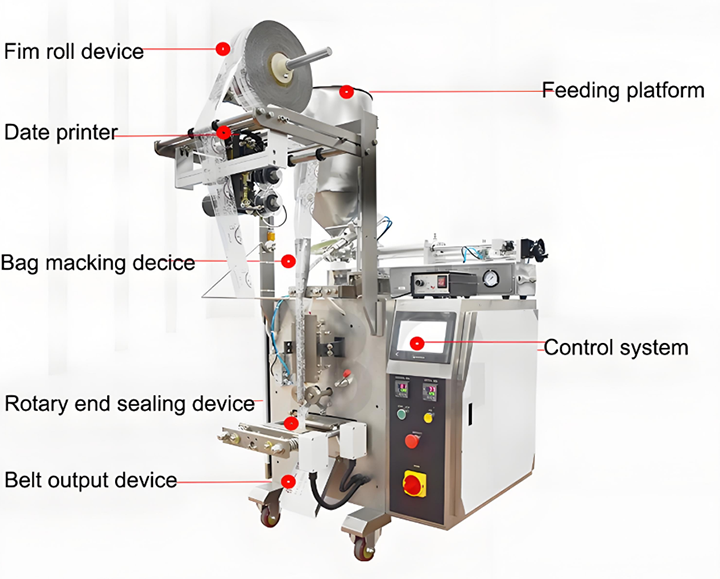
What is the difference between Liquid and Paste Packaging Machine?
Liquid packaging machines have a packaging accuracy of ±1% to ±5%, while paste packaging machines have a packaging accuracy of ±0.5% to ±2%. Common fully automatic liquid packaging machines cost around $1,000 to $3,500, while fully automatic paste packaging machines cost between $2,300 and $4,700. Both liquid and paste packaging machines are used in industries such as food, cosmetics, pharmaceuticals, and chemicals.
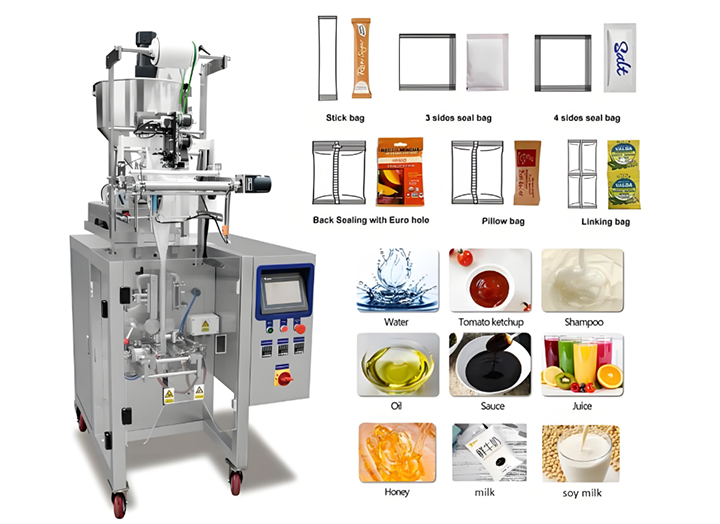
What is the difference between Liquid and Paste Packaging Machine? Working Principle
Liquid packaging machines primarily utilize gravity, vacuum, or pressure differential filling. Low-viscosity liquids are stored in elevated tanks, and flow and opening/closing are controlled by precision pneumatic valves, enabling fast and stable metered filling. Drip stoppers are also included to prevent residual liquid contamination.
Paste packaging machines rely on mechanical force to forcefully push high-viscosity materials. Their core is a piston or screw metering system. A servo motor drives the piston's precise movement within a cylinder, or the rotating screw acts as a positive displacement pump to extrude a fixed amount of paste, ensuring high-precision, drip-free filling.
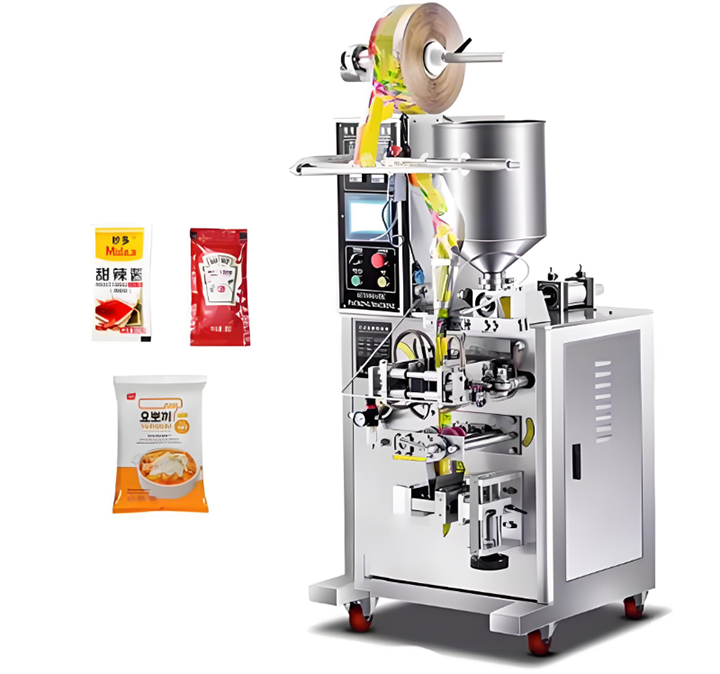
What is the difference between Liquid and Paste Packaging Machine? In terms of packaging format
Liquids, due to their high fluidity, require a high degree of container sealing. Suitable rigid containers include PET bottles for beverages, glass bottles for soy sauce, and metal cans for canned soups. Sealing methods typically include screw caps (similar to the screw caps on mineral water bottles), press caps, and twist caps. Suitable flexible containers include composite film bags for milk and stand-up pouches for juice. Heat sealing or ultrasonic sealing, which offers a tighter seal for PE film, are commonly used.
Pastes, due to their high viscosity, tend to adhere to the inner walls of containers. Furthermore, it's important to avoid residual paste during sealing, which could lead to seal failure. Suitable rigid containers include tubes for toothpaste, wide-mouth jars for jam, and metal tubes for grease. Suitable flexible containers include aluminum-plastic composite tubes for hand cream and stand-up pouches with spouts for salad dressing. Tubes and metal tubes often use heat-sealed ends (such as a pressure seal and trimming on the end of a toothpaste tube) or ultrasonic sealing, which offers a more secure seal for aluminum-plastic tubes. Wide-mouth jars often use screw caps with gaskets or screw-on caps with anti-theft features.
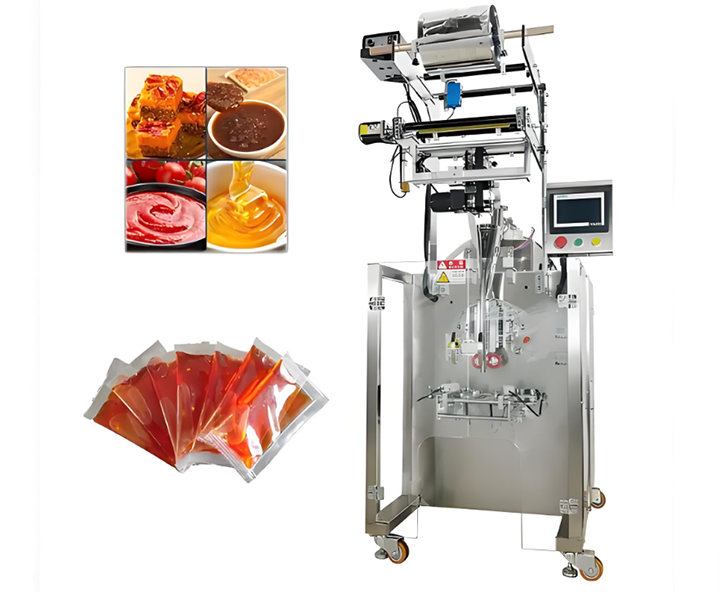
Liquid and Paste Packaging Machine Supplier
If you're interested in understanding the difference between liquid and paste packaging machines and how to purchase them, please contact our factory. With over a decade of manufacturing experience, we can provide product selection recommendations based on the actual material, including trial machine demonstrations, for both viscous pastes and flowing liquids. We also offer custom designs based on production volume, functionality, and other requirements. We look forward to hearing from you.
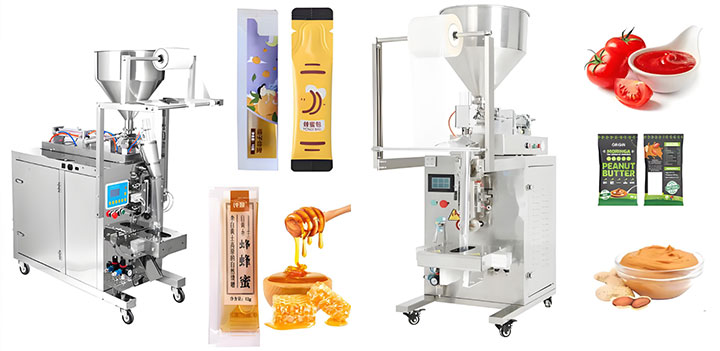
What is the difference between Liquid and Paste Packaging Machine?To summarize: Liquid packaging machines are suitable for low-viscosity, high-flow materials with few or no particles, such as beverages, milk, soy sauce, and disinfectant. They are easy to maintain and low-cost. Paste packaging machines are used for high-viscosity, low-flow materials that may contain particles, such as toothpaste, facial cream, sesame paste, and ointments. They are complex and expensive.
